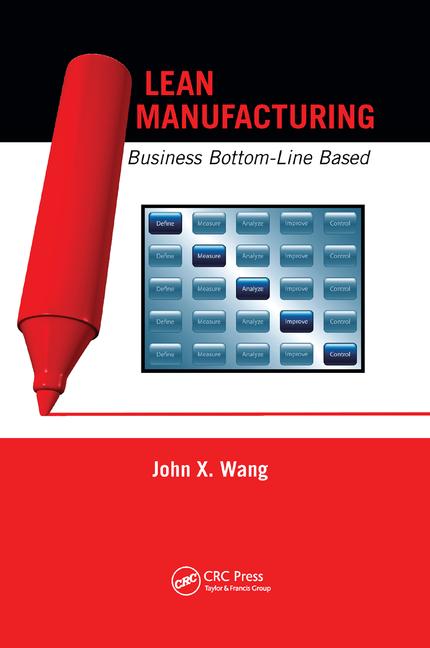Before everyone called it lean, that collection of practices and ideas, mostly adopted from Toyota, was commonly referred to as just-in-time manufacturing. Books like Robert "Doc" Hall'sAttaining Manufacturing Excellence, published in 1986, opened our eyes to the concept. But despite widespread applications of just-in-time manufacturing, companies continue missing the opportunity to learn and improve.
This opportunity derives from a key element of lean manufacturing, pull production, which, interestingly enough, originated in the supermarket. Supermarkets are great places to learn. Because they have razor-thin margins, they adopt new ideas fast. That is probably the first place you saw a bar code scanner. But before that, who restocked the bread on the bread rack? It wasn't a supermarket employee. It was a bread company employee who came to the racks, saw what was consumed and what was obsolete (stale), and replenished the stock as needed. Now imagine everyone in your company replenishing what is consumed by their immediate customer, and you have the basis of the pull production concept.
In most applications, the benefits of pull production speak for themselves. Everyone is producing what his or her customer needs, so overproduction and the resulting excess inventory are reduced, communication improves and lead times shrink. This explains why lean has become synonymous with inventory reduction. Reducing inventory is great, but it misses the real purpose-and benefit-of pull production!
The real purpose of pull production isn't to eliminate waste only during implementation-it is to eliminate waste continuously. Pull production exposes the flow of work for all to see and, when the flow of work is made visible, problems become obvious. This in turn allows the organization to address the problems and eliminate them.
Although it is counterintuitive for most people, implementing pull production will make your process more fragile. Excess inventory protects you from problems, such as unpredictable customer needs, internal process problems such as downtime, and disruptions in your supply chain. You don't have to deal with a problem right away, so long as that inventory is there.
However, once pull production is implemented, you no longer have your security blanket. You must deal with a problem immediately or your company feels the pain. This is the forcing function that makes you fragile at the onset, but also makes you stronger with every problem you solve. The beautiful part is that pull production does some of the work for you.
Three elements are needed to gain the benefits from using pull production to drive problems out into the open. First, you need strong problem-solving skills. Bringing a problem to the surface is only half of the battle-you still have to correct the problem. Second, you need an infrastructure capable of solving problems. This means persuading employees at all levels to respond to problems in real time. This does not happen overnight. Third, and perhaps most important, you need a culture that values solving problems as prevention, not crisis management, and is willing to step up even if the problems seem small at the moment.
You can achieve some gains simply by implementing pull production, visual management or setup reduction. But true lean is only achieved when the organization is learning every day. And the problems exposed by pull production are the basis for that learning. Don't let the problems be a missed opportunity; use them to make your organization stronger.
Get our new eMagazine delivered to your inbox every month.
Stay in the know on the latest assembly trends.
SUBSCRIBE TODAY!Copyright ©2024. All Rights Reserved BNP Media.
Design, CMS, Hosting & Web Development :: ePublishing


